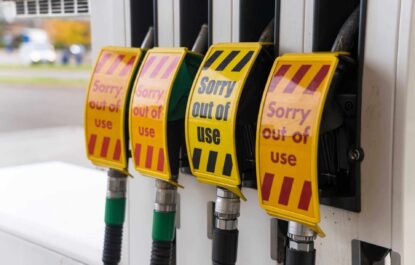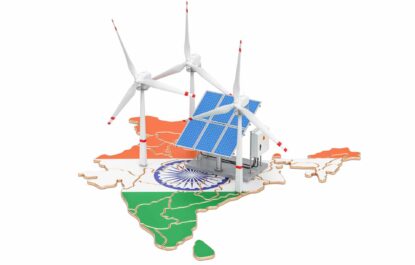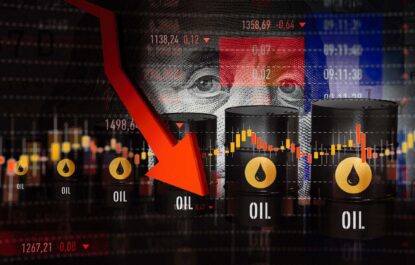What is blockchain, and how does it work?
According to IBM, a blockchain is a shared, immutable ledger that facilitates the process of recording transactions and tracking assets in a business network. It consists of a distributed ledger technology that renders duplication of records moot. Moreover, it makes it nearly impossible to tamper with the data saved on the ledger. Another piece of technology, called smart contracts, is used to speed up transactions based on predefined rules.
In layman’s terms, transactional data about tangible and intangible assets is recorded as a ‘block’. Each subsequent transaction further adds blocks of data, building a chain. The blocks are securely tied together to prevent any unwarranted alterations. As subsequent blocks are added to the chain, the previous blocks become more and more secure due to increased verification. This is essentially its immutable quality, rendering any efforts to tamper with the data futile.
It builds greater trust in the ledger and promises better security with a more efficient transactional network.
So, how does this help the energy market?
What are the different blockchain use cases in the energy market?
The energy sector has undergone a foundational transformation in the last few years. Innovations in affordable solar, electric vehicles, and smart metering are now followed by blockchain and smart contracts. Complex energy systems that form the groundwork for scores of utility, distribution, generation, and legacy companies, can potentially reap several advantages from distributed ledger technology. Besides connecting siloed infrastructure, it also erases process inefficiencies, lowers associated costs, and improves renewables’ impact.
The World Economic Forum, together with Stanford Woods Institute for the Environment and PwC, released a joint report outlining 65 blockchain use cases for the energy sector. Here are the top ones they talked about.
Wholesale electricity distribution
Research has pointed out that end retailers in electricity distribution form the greatest source of inefficiencies. Eliminating them from the equation by connecting users to the grid directly can reduce consumer bills by nearly 40%. Blockchain has the potential to replace the roles played by retailers, namely billing and metering usage. Combined with IoT devices, blockchain can enable consumers to purchase electricity directly from the grid.
Peer-to-Peer energy trading
Widespread electrification projects and lowered costs of renewables have introduced a degree of energy parity in the market, taking major strides towards the decentralization and democratization of energy. P2P energy trading is one such step. Using blockchain-powered marketplaces, prosumers can trade excess energy with each other, entirely erasing the need for a central control authority. Retail energy trading connects microgrids, enabling a shared network of individuals to trade energy. This reduces energy bills and aids last-mile electricity delivery by securing local supply networks.
Commodity trading
It takes millions of dollars to set up commodity exchanges and maintain them. Maintaining massive ledgers that record trades of items such as Renewable Energy Certificates is a complex job that requires continuous scrutiny. Implementing blockchain-based technology can make this process more efficient, affordable, and transparent.
Utility providers
Utility providers use a variety of energy sources to generate power. Many times, these energy sources are shared between multiple utility providers. A shared ledger to store all the generated data can prove to be a meticulous investment. Blockchain can validate and process data from all the devices on the grid edge and record all the energy transactions underpinning the distribution network. It can also create a shared ledger to transact energy between many stakeholders.
Examples of blockchain technology in the power sector
-
GridExchange pilot project in Canada
Natural Resources Canada launched this pilot project in Ontario with three other private firms. Twenty-one households were onboarded onto the GridExchange platform to participate in the energy marketplace. Each energy transaction was recorded on the blockchain, and the participants were compensated with cash and redeemable rewards.
-
P2P solar energy trading in India
Tata Power launched India’s first peer-to-peer energy trading pilot in Delhi. Using a blockchain-based platform, 150 prosumers could trade excess solar energy to other residential and commercial outfits in a dynamic pricing environment.
-
Renewable Energy Certificate marketplace in the US
A host of private companies, and public institutions rolled out a global REC marketplace to streamline the trading of environmental commodities, bringing down costs and introducing transparency.
Conclusion
Blockchain is a much-needed breakthrough that is set to modernize the energy sector. Transparency, coordination, and data sharing through blockchain will make for a more energy-equitable world that prioritizes access without hampering profitability.













